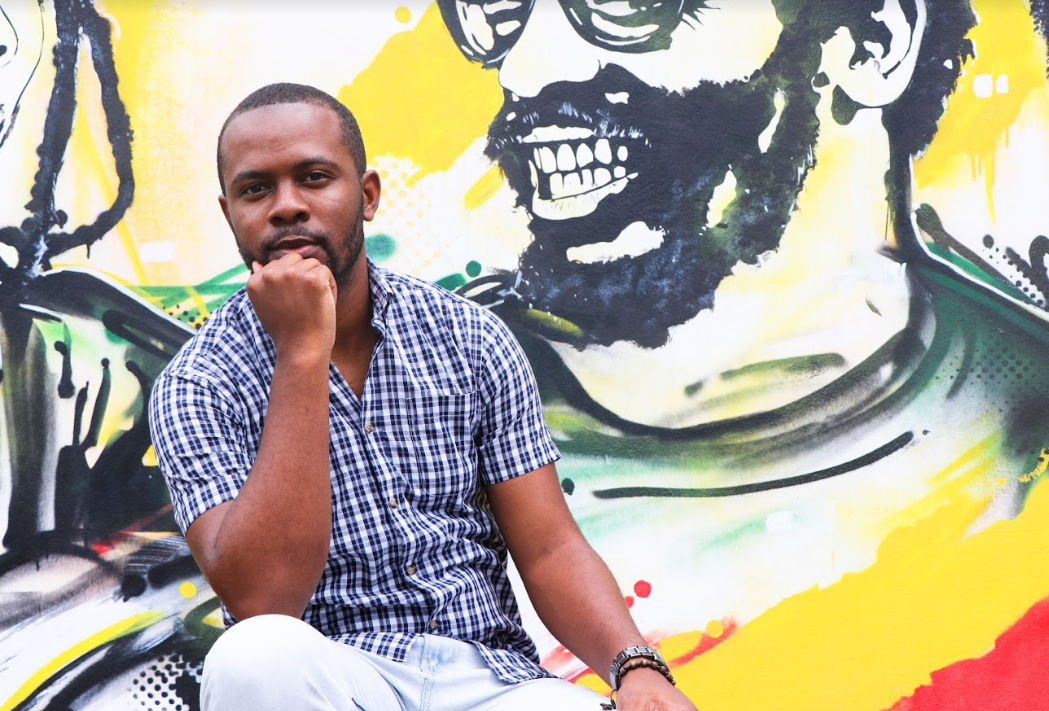This interview was originally published as part of the 2019 UNAIDS Global AIDS Update Report, ‘Communities at the Center” (page 42-43).
Alex is an online outreach worker with Children First Agency where he focuses on outreach and virtual support to key populations in Jamaica. He studied Actuarial Science at the University of Technology and have been locally certified in project management. He also has a strong background in content and web development which aids Children First in implementing ICT-related activities that help to extend the reach of HIV services to hard-to-reach populations. The LINKAGES team recently spoke with Alex about his experience participating in LINKAGES’ online HIV outreach and service delivery approaches.
When and how did you get involved in helping your community?
My involvement started with me volunteering with various organizations and attending events that would be hosted by J-FLAG or other entities that serve the community. When I heard of the online outreach project, I saw it as an opportunity for me to serve the community that I am part of in a way that is necessary to our sexual health. [I’ve had] personal experiences with close friends who, when they found out they had contracted HIV, had a mental break down and needed all the support possible. I think it was necessary to give all I could to support a project that seeks to prevent other members of the community to go through a similar experience by providing them with comprehensive HIV prevention information, commodities for safe sex practices, and psycho-social support.
What do you like most about your work?
Being on the frontline providing comprehensive HIV prevention services and psychosocial support to members of my community. Empowering them to make better decisions sexually and emotionally.
What are the biggest challenges for the HIV response in your country?
Most MSM are closeted and they are reluctant to access HIV services due to the existing thought that HIV is a “gay disease.”
What was your role and contribution to the online HIV programs in your country?
I provide comprehensive HIV prevention information to key populations online with the intention of being a peer link for them to get tested for HIV. I also try to meet with high risk key populations in a safe space to encourage risk reduction behavior and also to promote condom use.
What was your experience like working with LINKAGES’ online HIV program?
Through various capacity building sessions including [on topics such as] U=U, the HIV prevention to treatment cascade, and online content creation for passive outreach, I was able to understand how my role contributed to the overall response but also how I can be an advocate for my community. It has shed a lot of light on what my role is, how LINKAGES came about, and why we’re here.
What does it mean to you to support this online HIV program? Why do you do it?
I’ve been privileged enough to gain sex education in a safe space, but many persons weren’t afforded the same. A lot of young men and older, inexperienced men are just starting to explore their sexuality due to easy access to the internet and dating apps. This is a dangerous phase if they are not provided with comprehensive HIV prevention information. I want to use this platform and my position of privilege to ensure that they are able to explore their sexuality freely but safely.
Why do you think people engage with you online?
Based on feedback from the persons I engage online, the main reasons would be the casual approach we use to interact with them. As members of the community, we understand the ever-changing culture and how they interact. They appreciate that we talk to them as if we’re friends and just sharing some information, instead of a lecture. Also, the use of social media influencers in our online content (some of which are also a part of the community) helps others to feel comfortable with reaching out to us because they know it’s a safe space.
We try to make safe sex and HIV testing personable and relatable. Interacting with a real person while remaining anonymous encourages clients to ask questions without fear of ridicule or judgment.

